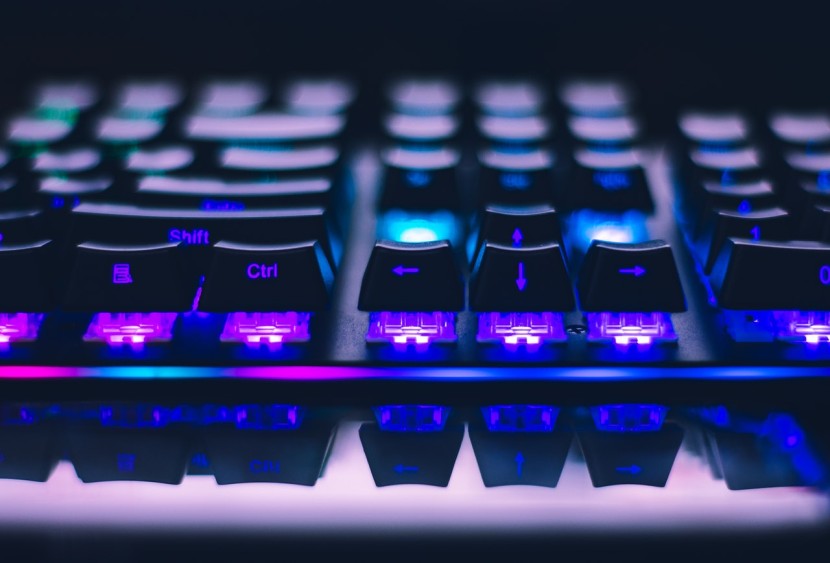
Gaming houses or team houses started popping up in South Korea around the launch for Starcraft 2, and have exploded in popularity since. While us regular gamers are grinding away trying to earn our WoW Classic gold for sale or Borderlands 3 money, eSports athletes are earning cold hard cash for their efforts. But how do these players continue to operate at the level they do? Part of the answer is gaming houses.
If you also like to watch esports, on esportsguide.com you can find the calendar of all the next matches and tournaments.
Gaming Houses put all the players in one elite team under the same roof so they can train together, and hopefully improve together.
Why Have Gaming Houses?
Although in 2019 we can communicate easily over the internet, elite players have found that close physical proximity provides some unique advantages. By playing together in one room, they instantly feel more of a team and can also get instant verbal and non-verbal feedback on their actions. Living, eating, and working with their fellow teammates also strengthens their team bond and makes them into better team players.
Shortly after the gaming house movement started in South Korea, there was a clear success divide between the Koreans and western eSports athletes. Put simply, the South Koreans were dominating the Starcraft 2 eSports scene, and western gamers started to take notice, sometimes moving across the world just to join these gaming houses. The model was perceived to be hugely successful, so naturally, it was emulated by gaming teams and companies all over the world.
For the gaming companies who sponsor these athletes, they also attract positive attention to their brand through creating 'gaming celebrities'. Athletes living in gaming houses are encouraged to stream their activities every day, not just when they're gaming, but also when they're hanging out with their fellow athletes.
The Evolution of Gaming Houses
Originally gaming houses would have lots of players in one team living under the same roof, doing everything in one shared space. In many ways, this had the effect of creating stronger teams and nurturing a unique team culture, but it wasn't always easy. It turns out that eSports athletes, much like the rest of us, don't really want to live with their co-workers. Being immersed in their team and game 24/7 can also leave little time for decompression which can lead to anxiety and depression.
This is why many gaming companies moved towards a type of hybrid model. This model tries to recreate the team culture and cohesiveness brought about by athletes playing in a physical space, but also allows them their own space outside of their working hours. For example, athletes will all work in a gaming suite but will live in individual apartments close to the gaming studio. Sometimes athletes will still share a living space with other team members, but just one or two of them in an apartment rather than the whole team. One of the earliest examples of this hybrid gaming house is COGnitive Gaming's Heroes of the Storm eSports team. This way is said to improve the well-being of professional gamers.
© 2025 HNGN, All rights reserved. Do not reproduce without permission.








